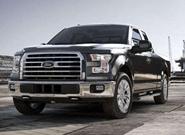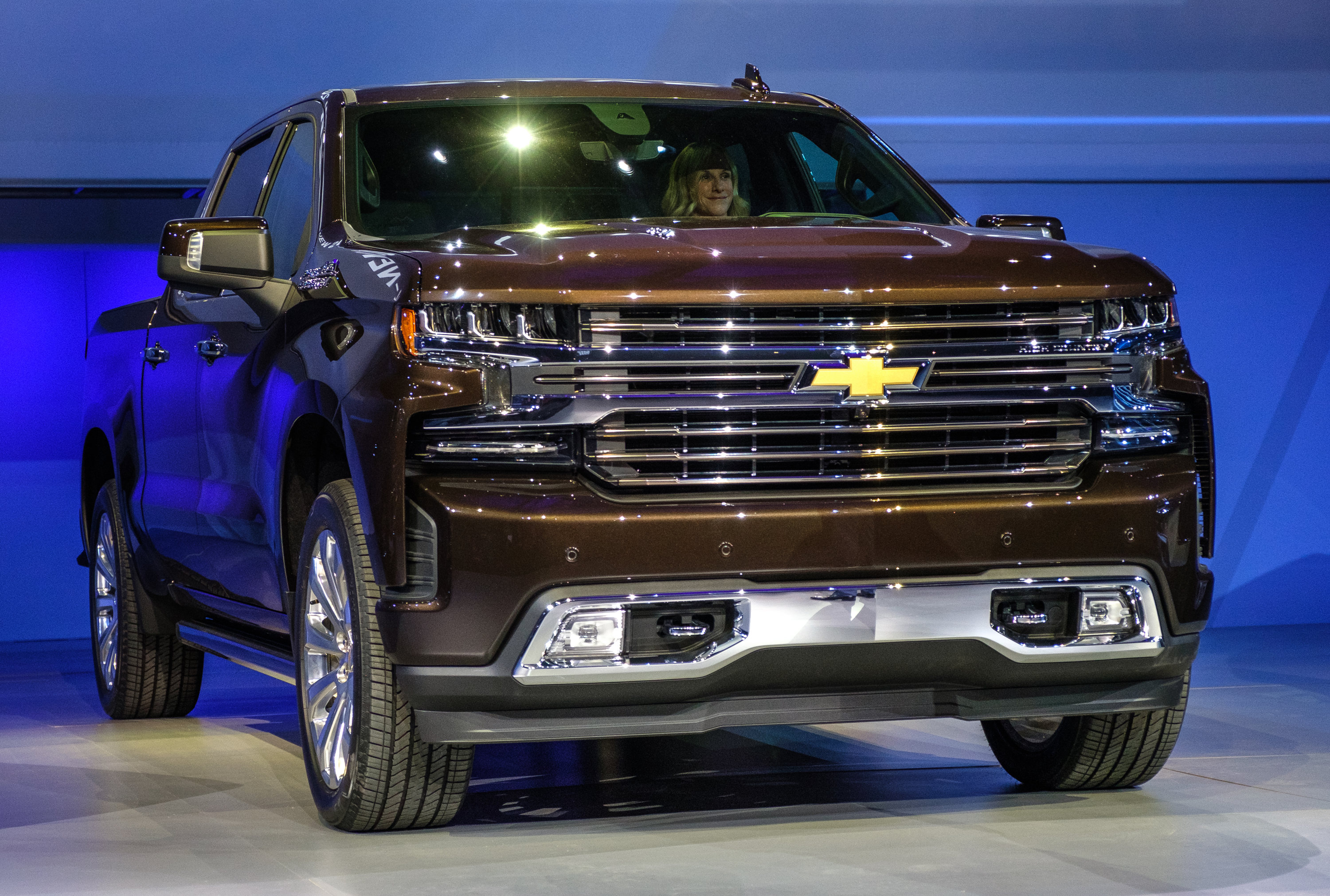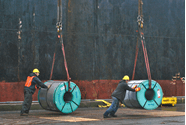Steel Markets

New Multi-Material Pickups Star at Auto Show
Written by Tim Triplett
January 16, 2018
When Ford surprised the market by introducing an aluminum-bodied F-150 in 2014, cutting the pickup’s weight by a dramatic 700 pounds, many assumed its rivals would have to follow suit to keep pace with the fuel economy savings. Instead, they decided to wait and see if the truck would perform as promised and if it would be accepted by the many picky pickup-loving consumers. Chevrolet and Fiat Chrysler apparently have made up their minds. Their new models, revealed at the North American International Auto Show this week in Detroit, are garnering a lot of attention, but not particularly for their use of aluminum.
 Chevy’s much-hyped 2019 Silverado pickup reportedly weighs 450 pounds less than past models, thanks in large part to its use of high-strength steels. The new model has a roll-formed high-strength steel bed that is seven inches wider and one inch longer than the current truck.
Chevy’s much-hyped 2019 Silverado pickup reportedly weighs 450 pounds less than past models, thanks in large part to its use of high-strength steels. The new model has a roll-formed high-strength steel bed that is seven inches wider and one inch longer than the current truck.
Chevy is looking to differentiate its truck from the more aluminum-intensive F-150. “The working end of every pickup is the bed. It’s like the head of a good hammer…. I don’t think we’d get much work done with an aluminum hammer,” said Mark Reuss, GM’s executive vice president of global product development, during the truck’s unveiling.
Chevy claims best-in-class lightweighting with Silverado’s mixed material approach. Silverado’s frame-rail chassis and pickup bed will be steel, but its hood, doors and tailgate will be made of aluminum. Lighter-gauge parts use a variety of methods, such as hydroforming, roll forming and tailor-rolled blanking to achieve structural integrity.
Fiat Chrysler Automobiles unveiled a redesigned Ram pickup. The 2019 Ram is made mostly of “real steel,” said Michael Manley, head of the global Ram and Jeep brands. The Ram is 225 pounds lighter, thanks mostly to the use of high-strength steel, the company said, although aluminum is available for the tailgate and hood.
Also announced at the show, Ford will re-enter the U.S. midsize pickup truck market next spring with the 2019 Ford Ranger. Ford pulled the Ranger off the North American market in 2011 to focus on the larger F-Series trucks, though it continued to sell a global version abroad. Ford now sees growing demand for smaller, more affordable pickups. Unlike the F-Series, the Ranger will be built using a mix of aluminum and steel, including a steel frame and bumpers, but an aluminum hood and tailgate.
The National Automobile Dealers Association (NADA) predicts sales of 16.7 million new vehicles in 2018, down marginally from 2017 but still a stable and healthy market, especially for pickups and other light trucks.

Tim Triplett
Read more from Tim TriplettLatest in Steel Markets

CMC looks beyond Arizona micro-mill woes to long-term viability of construction mart
Despite the economic and geopolitical upheaval of the last five years, CMC President and CEO Peter Matt points out that the construction market has been an essential element of the way forward.

US importers face stricter rules under revamped S232 tariffs
“CBP expects full compliance from the trade community for accurate reporting and payment of the additional duties. CBP will take enforcement action on non-compliance," the agency said in a March 7 bulletin.

Steel exports rebound in January
US steel exports recovered to a five-month high in January after having fallen to a two-year low in December. This growth follows four consecutive months of declining exports.

Construction spending drops marginally in January
Construction spending edged down slightly in January, slipping for the first time in four months. The US Census Bureau estimated spending at a seasonally adjusted annual rate of $2,196 billion in January, down 0.2% from December’s downward revised rate. The January figure is 3.3% higher than a year ago. January’s result, despite the slight erosion, […]

HVAC equipment shipments slow in December but strong annually
Shipments of heating and cooling equipment in the US fell to an 11-month low in December, according to the latest data released by the Air-Conditioning, Heating, and Refrigeration Institute (AHRI).
